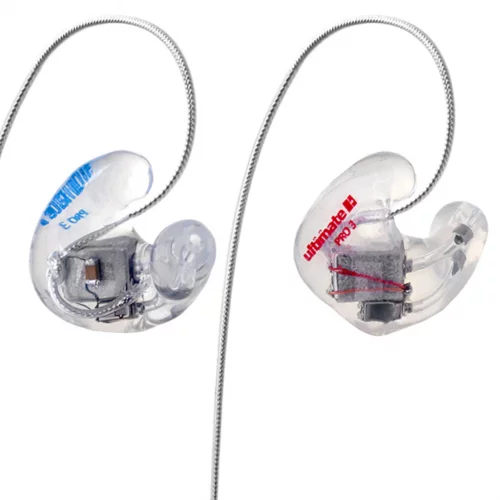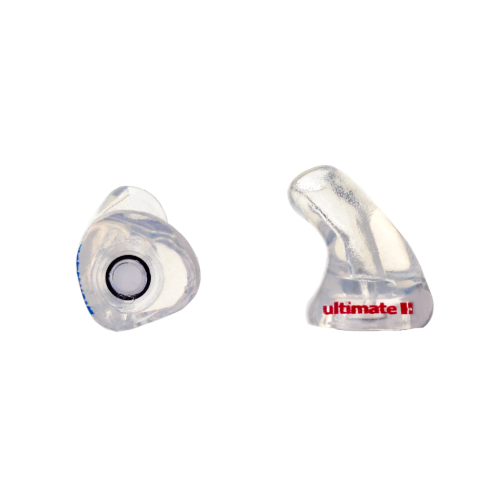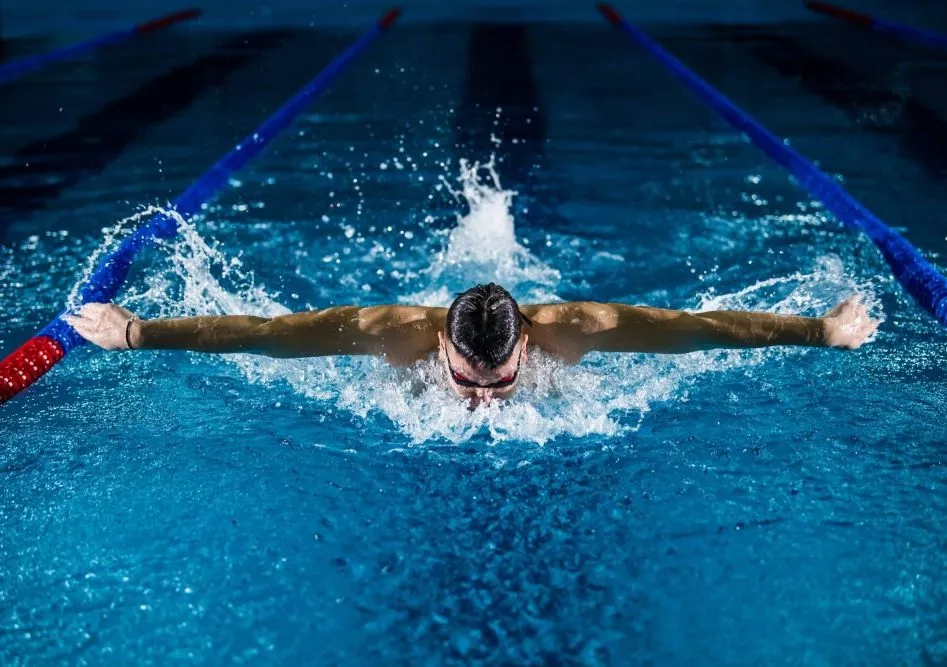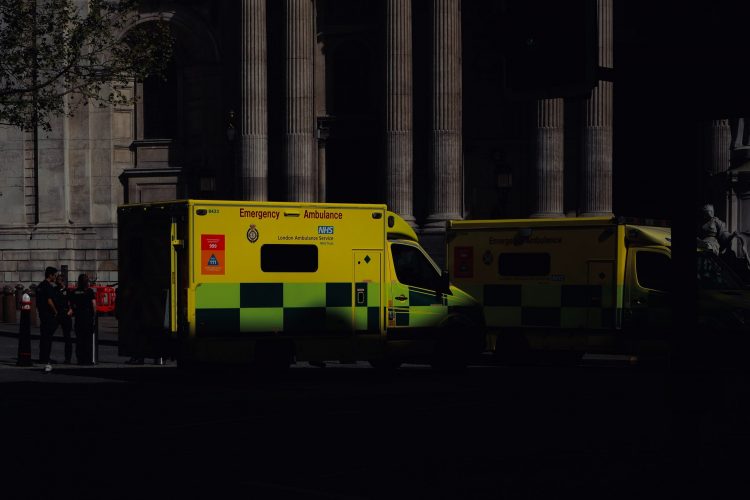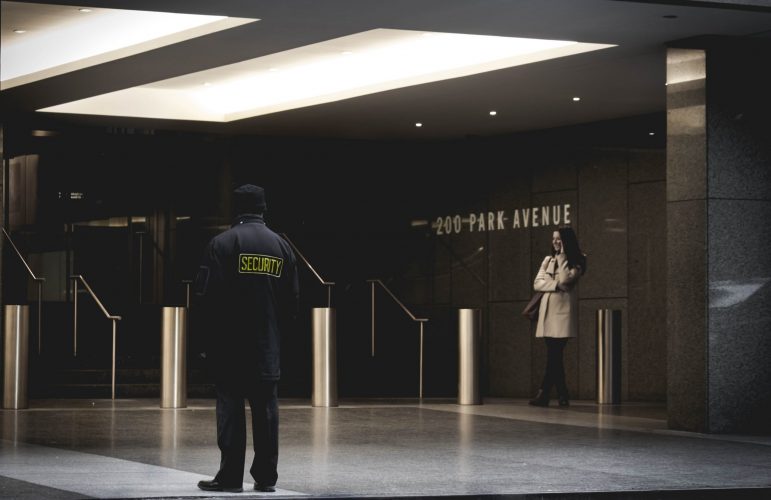How Do You Know if You Have an Earwax Blockage?
Earwax build-up is fairly common and something that will occur to many of us over the years. There are several different causes of earwax build-up, including naturally narrow ear canals and using earplugs, which can push the wax further into the canal. Usually, earwax falls out on its own, but on the occasion it does build up, it can become uncomfortable.
Some of the symptoms of earwax build-up are:
- Earache
- Hearing impairment
- Itchiness and dizziness
- Ear infections
- Tinnitus
If you have any of these symptoms, it’s worth getting your ears checked out. If you do have earwax build-up, you can get the excess wax removed. There are several different methods of removing excess earwax.
Ear Syringing and Irrigation
Ear syringing is one way to clear the excess wax from the ear canal.. The process involves pushing water into the ear canal using a syringe, which dislodges and flushes out the earwax. It was once carried out routinely in GP surgeries, but has fallen out of favour in recent years because there can be some side effects if it’s not done properly:
- Temporary dizziness if the water injected isn’t at body temperature
- Infection of the pore-filled bone within the canal
- For people who have a history of eczema and ear infections, an outer ear infection could be contracted
- Damage/perforation of the eardrum
Ear irrigation is similar to the process of ear syringing, but it involves an electronic machine which pumps water into the canal.
The National Institute for Health and Care Excellence (NICE) does not recommend ear syringing as a way to remove earwax, due to the “potentially harmful” side effects.
Microsuction
Microsuction is one of the methods of earwax removal that is recommended by NICE – but it must be administered by a trained professional who is using the correct equipment.
Microsuction involves using a microscope to see into the ear canal, and uses a medical suction device to suck out the excess wax. Across the industry, microsuction is generally considered the safest method of earwax removal because the practitioner can see the canal the entire time.
It tends to be gentler than irrigation or syringing, and is more precise. The precision of the microscope means the risk of damage to the eardrum is tiny. It is also a much safer procedure for someone who already has a perforated eardrum, a cleft palate, or a painful ear infection – and therefore should not have water injected into their ear.
Ear Impressions
Ultimate Ear offers can organise an earwax removal service that we can organise if you’re having ear impressions taken for our custom earplugs or earphones. Our partners use Microsuction to remove the earwax, so your ears are as clean as they can be before the impression taking. This ensures we get the best fit possible.
Then we carry out an eight-step process to take the impressions, ensuring your safety each step of the way, to get accurate and precise results for you.

